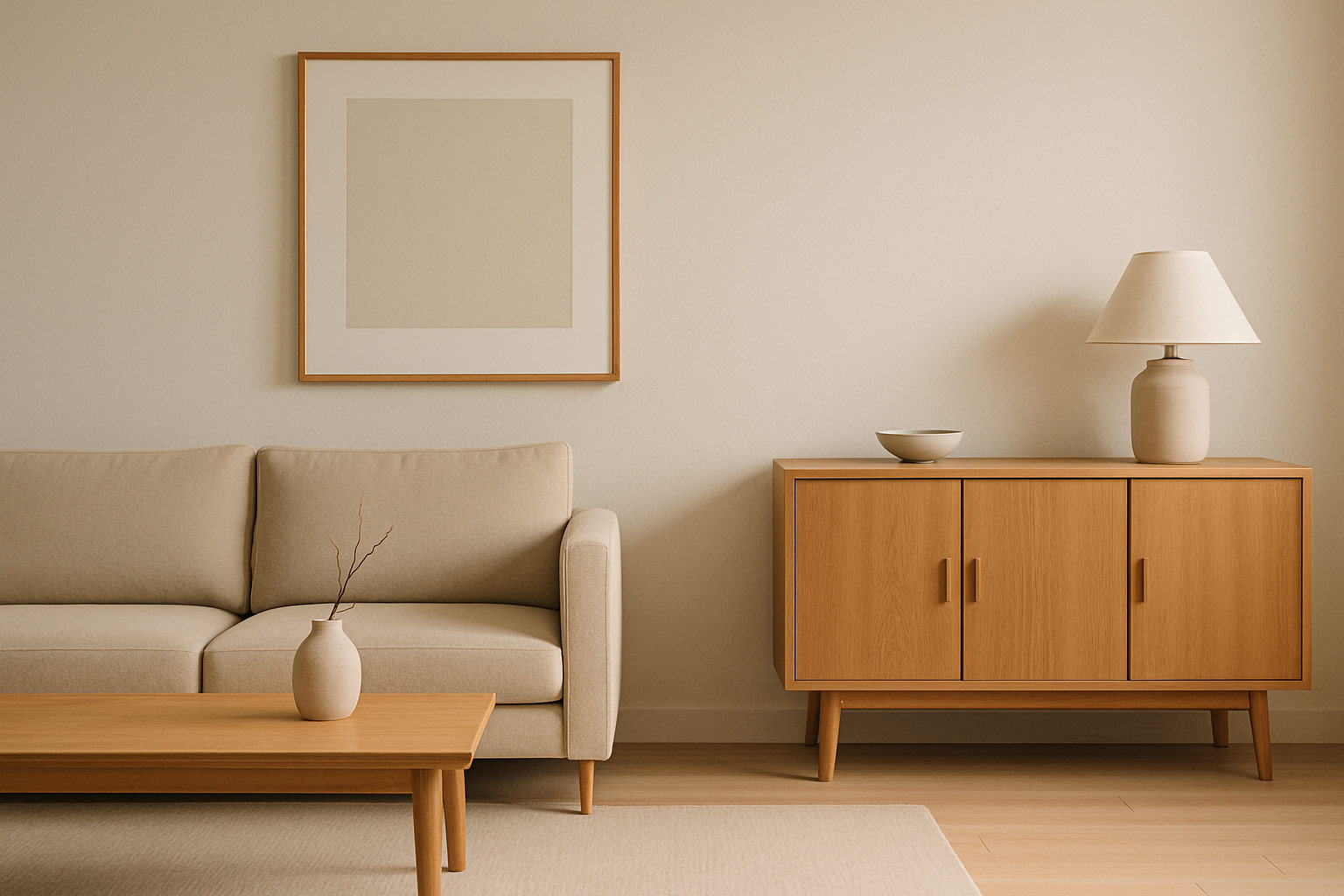
Minimalism is more than a design trend; it is a cultural movement reshaping how Americans live, spend, and organize their homes. From high-rise apartments in New York City to modern ranch homes in Texas, minimalism is influencing housing choices, home values, and interior design. But while this lifestyle offers freedom from clutter and financial clarity, it also brings unique challenges in today’s competitive housing market.
The Rise of Minimalism in U.S. Homes
Minimalism gained momentum during the late 2000s recession, as households downsized and prioritized essentials. Today, social media platforms, tiny home communities, and rising housing costs continue to fuel the movement. According to Zillow’s 2024 consumer trends report, nearly 40% of millennials prefer a "smaller but better" home, prioritizing quality finishes and location over square footage.
"Minimalism represents a shift in values," says Jane Doe, a housing market strategist at a national real estate firm. "Many Americans want to spend less on possessions and more on experiences, and their homes reflect that."
Benefits of Minimalist Living
1. Financial Savings
Owning fewer items and smaller homes can significantly reduce costs. Downsizing from a 2,500-square-foot home to a 1,500-square-foot property, for example, can save families $1,500–$2,000 annually on energy bills alone.
2. Flexibility and Mobility
Minimalist lifestyles encourage mobility, appealing to younger generations and remote workers. Americans in cities like Austin, Denver, and Miami are increasingly choosing smaller rental units to allow for career changes and travel flexibility.
3. Environmental Benefits
With less square footage and fewer purchases, minimalism supports sustainability. Tiny homes and accessory dwelling units (ADUs) are growing in popularity, especially in states like California and Oregon, helping to lower environmental impact and address housing shortages.
Challenges of Minimalism
1. Emotional Adjustments
Downsizing can be emotionally taxing, especially for families with children or multigenerational households. Letting go of heirlooms or adapting to smaller spaces requires intentional planning.
2. Market Limitations
Minimalism is not always practical in markets where larger homes dominate. Suburban areas in the Midwest and Sun Belt often feature limited inventory of smaller, well-designed homes, pushing buyers to compromise.
3. Space Optimization Costs
Investing in built-in storage, multi-use furniture, and minimalist-friendly design often comes with upfront costs. According to Redfin data, custom storage solutions can add $5,000–$10,000 to renovation budgets.
Minimalism’s Impact on the Real Estate Market
The minimalist trend is influencing everything from new construction design to rental pricing. Builders in cities like Seattle and San Francisco are responding with micro-apartments, while suburban developers are introducing open-concept floor plans to cater to minimalist aesthetics. This shift reflects a growing desire for functionality over sheer size.
"We’re seeing a redefinition of luxury," says Michael Smith, a design consultant for a national architecture firm. "It’s not about the biggest home anymore; it’s about intentional design and livability."
Tips for Adopting Minimalism
- Start small: Focus on decluttering one room at a time.
- Prioritize quality: Choose durable, timeless furniture and decor.
- Leverage storage: Invest in vertical shelving, modular furniture, and under-bed storage solutions.
- Sell or donate: Turn unused items into cash or help others in need.
- Downsize strategically: Consider smaller homes in walkable neighborhoods to save on transportation and utilities.
Minimalism Across Regions
The minimalist trend is particularly strong in urban centers where space is at a premium. In New York City, demand for micro-apartments has risen by 15% over the past three years. In contrast, suburban areas are embracing "minimalist luxury" homes that feature high-end finishes and energy-efficient systems in smaller footprints. Sun Belt states like Florida and Arizona are also seeing increased interest in minimalist designs, appealing to retirees looking for simpler living arrangements.
Balancing Minimalism and Lifestyle Needs
While minimalism offers many benefits, it is not a one-size-fits-all solution. Families with multiple children or those working from home full-time may struggle with limited space. The key is striking a balance: adopting minimalist principles without sacrificing comfort or functionality.
Minimalism is shaping housing trends and consumer behavior nationwide. For homeowners and renters alike, embracing minimalism can mean lower costs, environmental benefits, and simpler living — but it requires thoughtful planning. Consult financial planners, real estate agents, and interior designers to create a strategy that aligns with your goals and market realities.